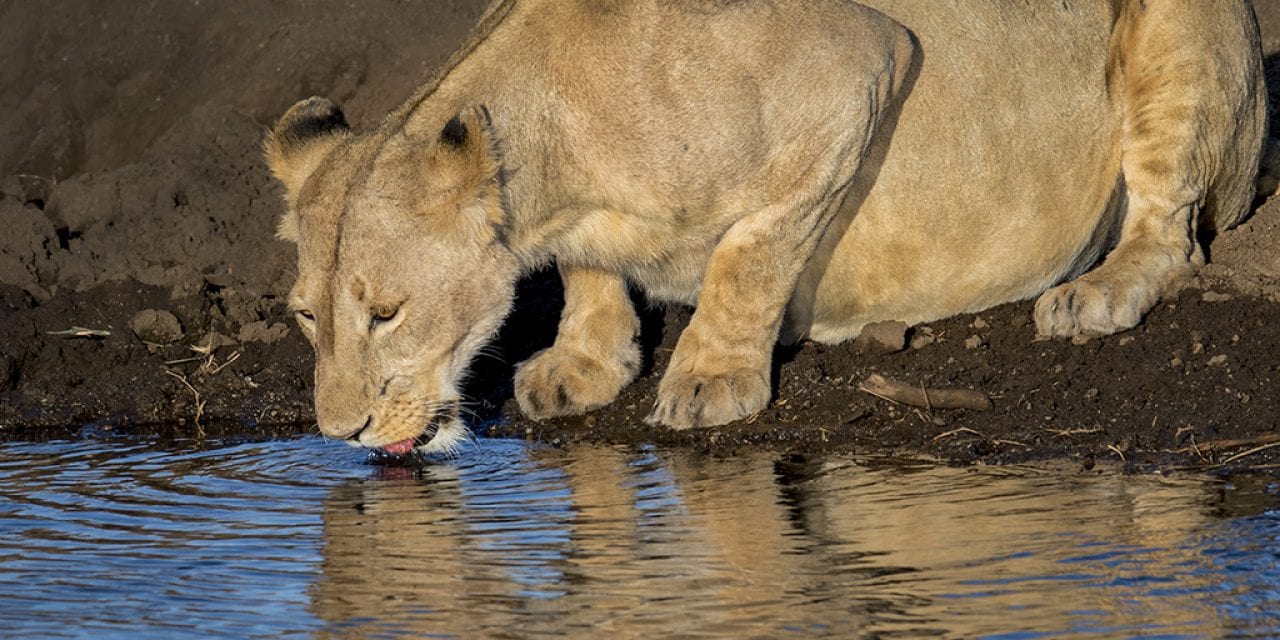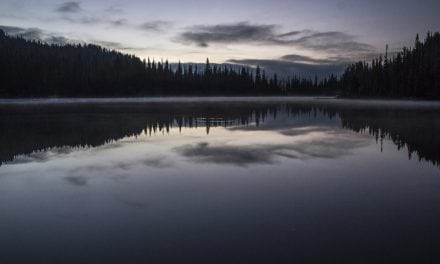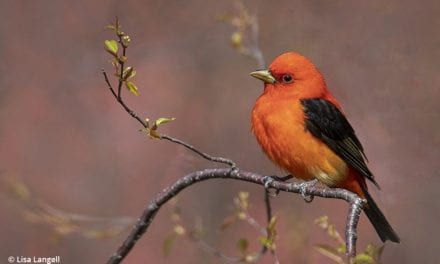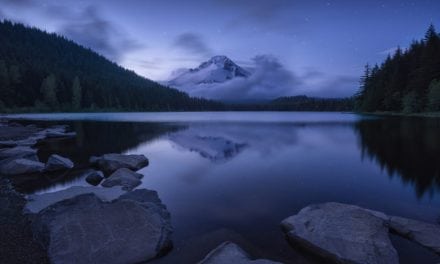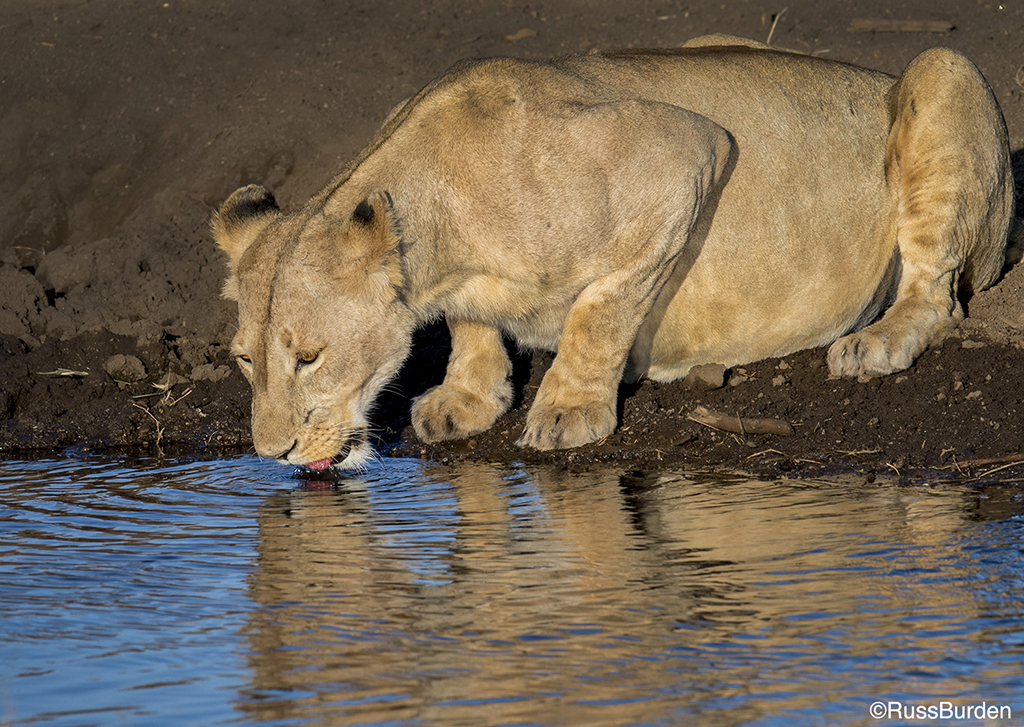
There are a number of factors that determine the success of a photograph, but for me, “It’s All About The Light,” hence the title of this four-part series. Let the light guide you as it dictates the quality of the image. If the light is bad, no amount of CPR from Lightroom and/or Photoshop will restore its life. In part one of this series, the focus is front light as it’s the easiest to comprehend. Part 2 will deal with backlight, Part 3’s primary topic will be side light and soft light and in Part 4, I’ll discuss dramatic light.
To create a quality image, there are three key ingredients that dictate its success: the quality of the subject itself, the quality of the composition and the quality of the light. For nature subjects, it’s best to aim the lens at something appealing. When you hike, photograph the mountain peak and valley that has awe and wonderment. Point your lens at the best-looking bison as opposed to one that’s tattered and worn.
Compositionally, position your tripod so there’s balance amongst the elements in the viewfinder. If it’s weighted too heavily at the top or side, move—don’t get lazy. Just because you plopped the tripod down in location A, location B may provide a better composition. As photographers, we “claim” a piece of territory and sometimes force the image rather than admit to ourselves we may have placed the camera in the wrong spot. To that I respond, “No medals for obstinance—move the tripod and admit guilt.”
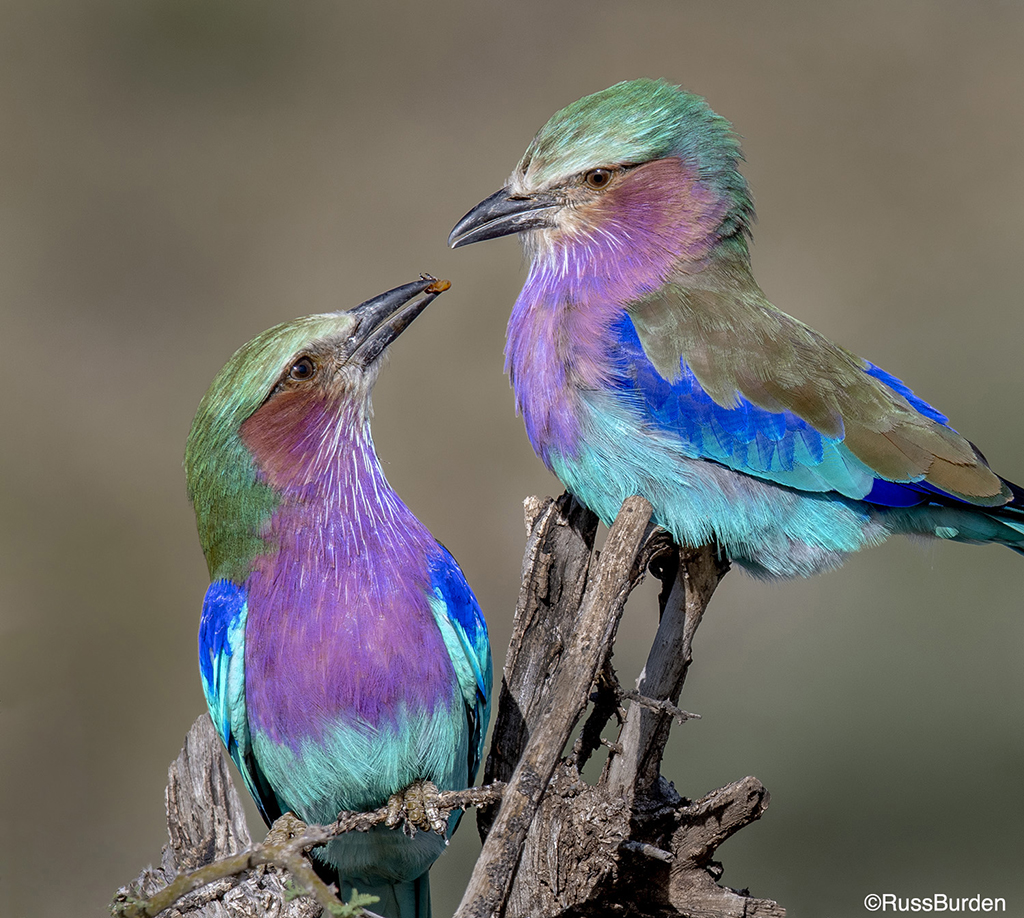
If you arrange a quintessential composition, include an iconic subject. Place it in a location that contains the most inspirational light. Without good light, the image suffers. Think about the word photography: photo = light and graphy = to write. The very word means to “write with light.” Better “penmanship” combined with a “great choice of words” nets desired light!
Over the years, a key lesson has been driven into my head. It was reinforced numerous times in my early years of photography. No matter how much I forced it, if the light was poor, what I created was poor. On the other hand, a decent subject placed in a decent composition but illuminated by radiant and dramatic light, the image had life.
Light has many types. The most obvious are front, side and backlight. Each has an advantage depending on the purpose of the photograph. Other types of light not exploited as frequently include twilight, dawn, moonlight and light that’s soft and/or reflected.
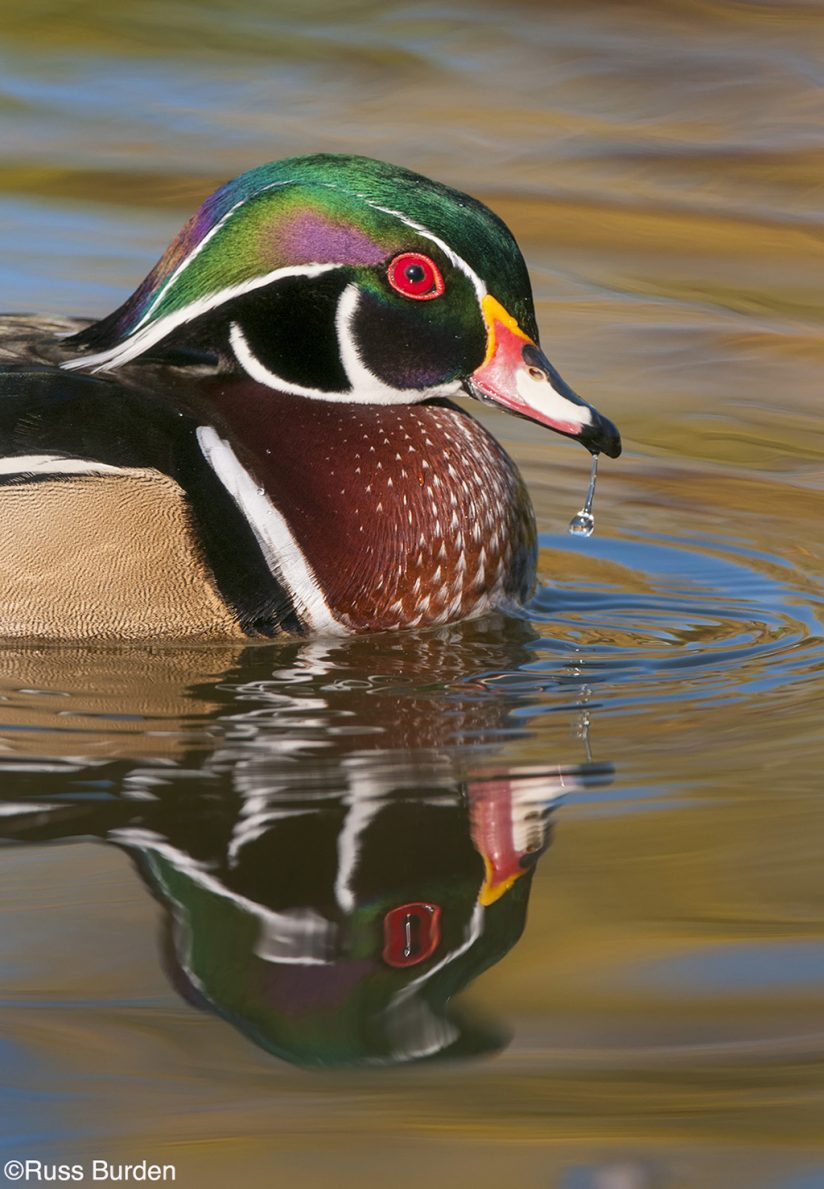
Front Light
Front light is where most budding photographers begin. It falls over the photographer’s shoulder and evenly lights up the scene. Depending on the time of day, visible shadows are minimized due to its flat quality. Early-morning and late-evening front light provide the best color. Midday front light is harsh. The resulting shadows don’t complement the subject. It’s easy to work with front light, but it produces mundane results. Depth can’t be depicted, textures are flattened and details get washed out.
In scenic photography, front light is the enemy. Because of its characteristics, lines, shapes and forms aren’t revealed. The scene takes on no dimensionality, which is an important quality to the success of a dramatic scenic. All features tend to look compressed and net a lackluster result. Most great landscape images are made with early-morning or late-evening side light.
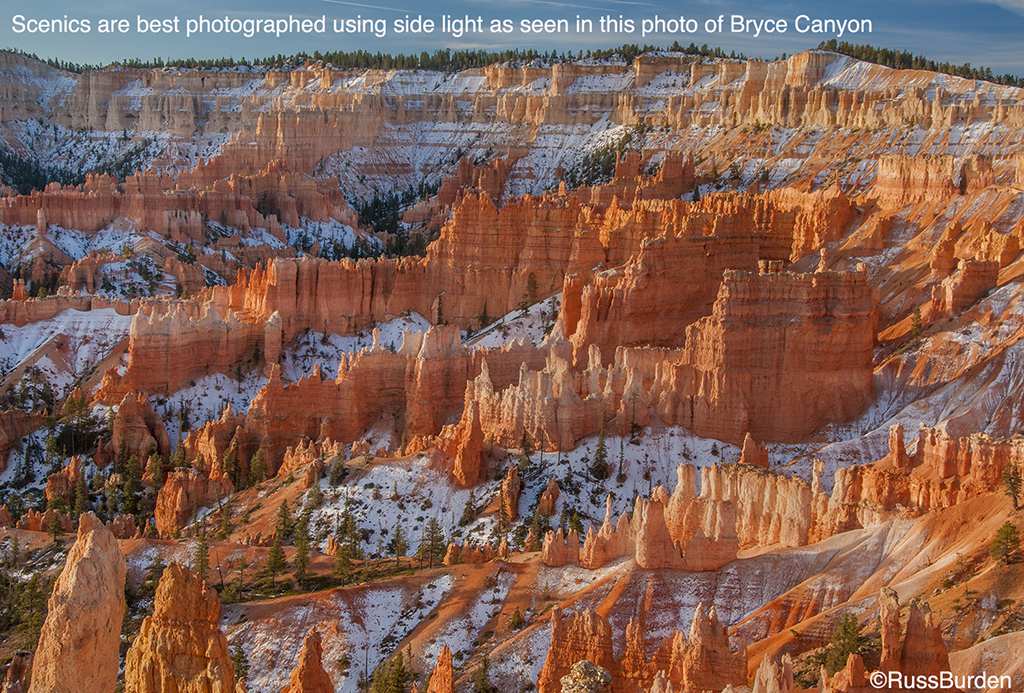
On the other hand, many wildlife shooters prefer early morning or near sunset front light. Although it may not produce the most awe-inspiring light, it shows off the animal to its fullest and bathes it in warm tones. A number of birds possess iridescent feathers that glow and pop in sunrise and sunset front light. Without the help of their warm colors, the feather’s iridescence isn’t as pronounced.
Front light does have two primary benefits. Getting proper exposures is easy because there are no shadows or highlights to throw off the meter. It’s an easy source for those starting out in photography because every aspect is uniformly lit and easy to see. If you’re new to photography, use it, but don’t rely on it. As you begin to explore other types of light, you’ll understand their virtues and use front light less.
Visit www.russburdenphotography.com for information about his nature photo safaris to Tanzania.
The post The Guiding Light, Part 1: Front Light appeared first on Outdoor Photographer.

